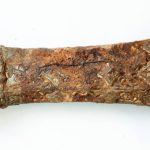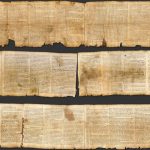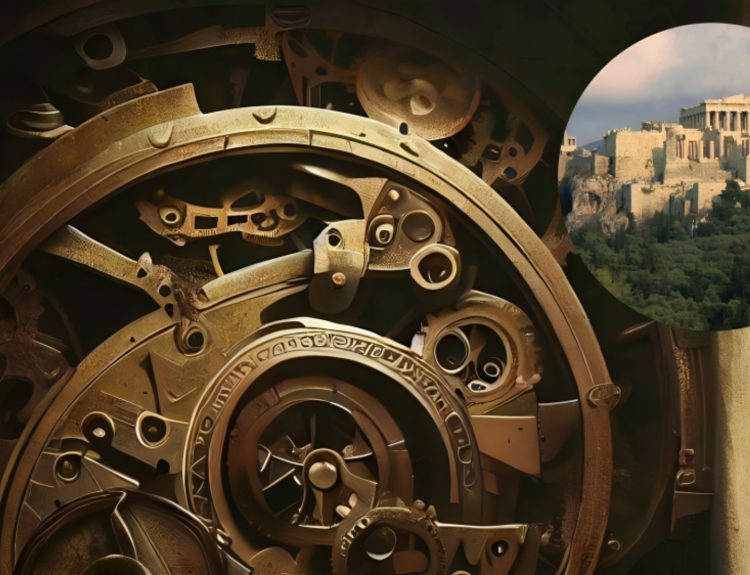Archaeological mysteries keep our inquisitive selves awake and tempt us to explore ancient places whenever we visit a new city, don’t they? These intricate mysteries never seem to lose their charm and continue to allure people for generations.
Today, we’ll walk you through some mind-boggling artifacts that have been raising eyebrows and questions in people’s minds, with very few concrete findings so far. Read on to the end as we spill the deets on some extremely mysterious finds!
The Pyramids of the Sun and the Moon
To start off our list, we introduce you to the vastness of the Pyramids of the Sun and the Moon. True to their name, they’re actually enormous in size. The Sun boasts a dimension of 215 and a 63-meter height. Imagine the grandness!
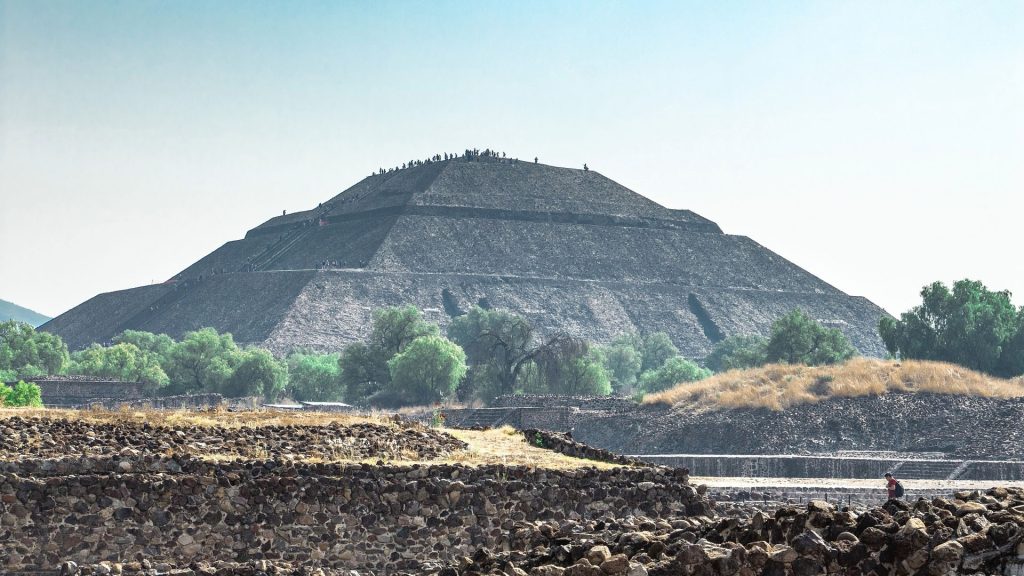
The Pyramid of the Moon is 156 meters wide and a 43-meter tall. It is said that both iconic pyramids were established before 250 AD. These two pyramids host the tombs of Teotihuacan rulers. The mystery of how it was formed at that age is yet unknown.
The Temple of the Feathered Serpent
Here’s another ancient marvel of Mexico’s Teotihuacan. We have all the respect for Teotihuacan for their unmatched architectural excellence. It is the third-largest pyramid at this pre-Columbian archaeological site.
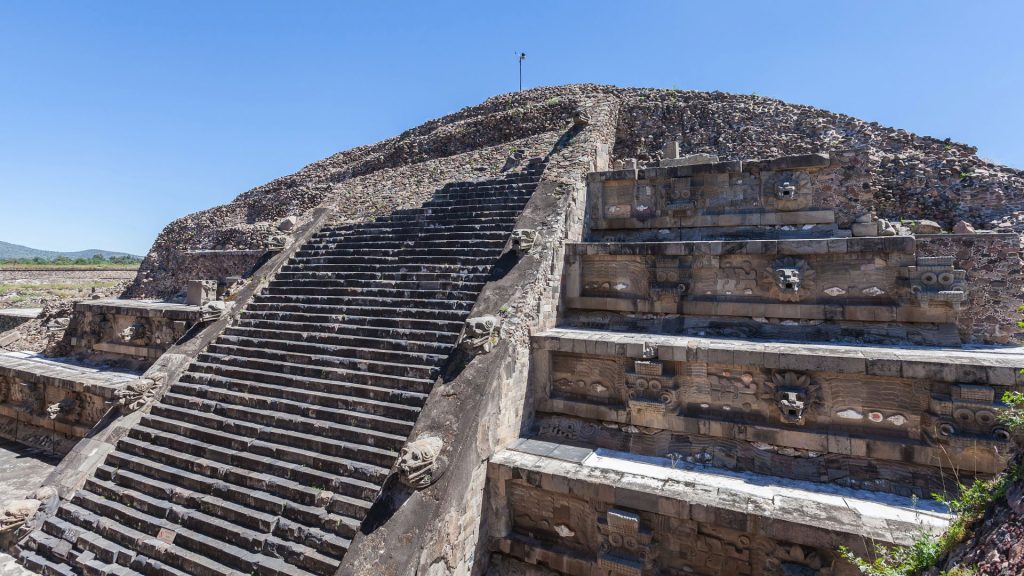
Even though it is termed a temple, political activities also took place there. It symbolizes the Aztec deity “Quetzalcoatl.” This temple is 24 meters high with a coverage area of 300 x 315 sq. meters.
The Mohenjo-Daro Great Bath
Then we have the Great Bath, a 2.5 meter deep and 83 sq. meter water storage facility. This archaeological element is part of the Indus Valley’s Mohenjo-Daro, dated to the 2nd millennium BCE.

As per the experts, this tank was used for major religious purposes, like the purification of the Mohenjo-Daro people. The used construction materials are waterproof bricks, mud, tar, etc.
The Mochica Mummies
This mummy is one of those found in Mochica, also known as the Moche culture of ancient Peru. Mummification and burial of the deceased in elaborate tombs were burial customs practiced by the Mochica people to bury their dead members.
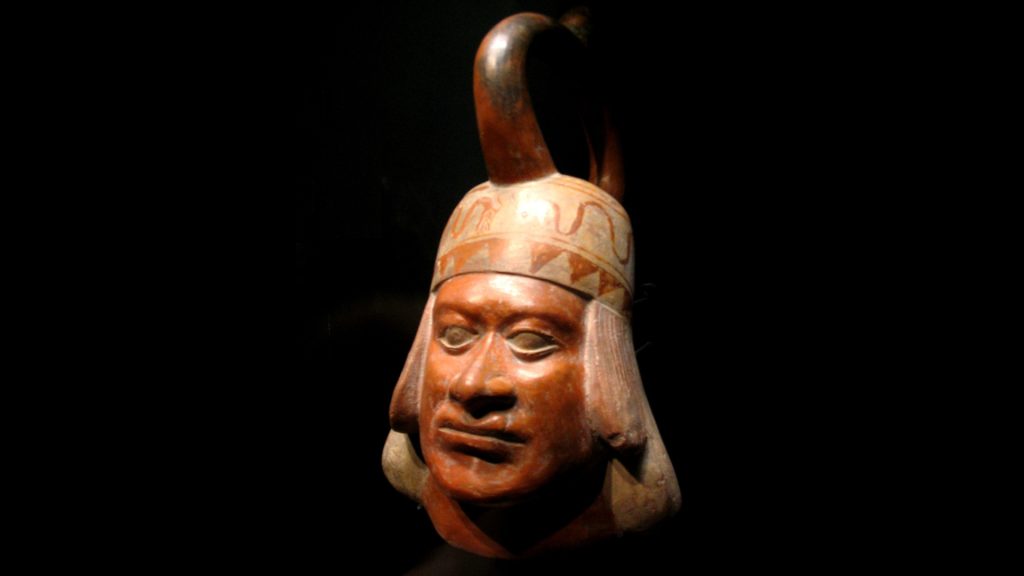
If you have never heard about Mochica culture before, to your knowledge, they were a group that ruled the northern part of Peru from CE 100-800. They were one of the most prominent communities in Peruvian history.
The Gobekli Tepe
According to the ruins found, Gobekli Tepe is considered the “first temple” of the world. It is estimated that it was built 11th-10th millennia BCE. Apparently, it is one of the oldest ancient archaeological sites found.
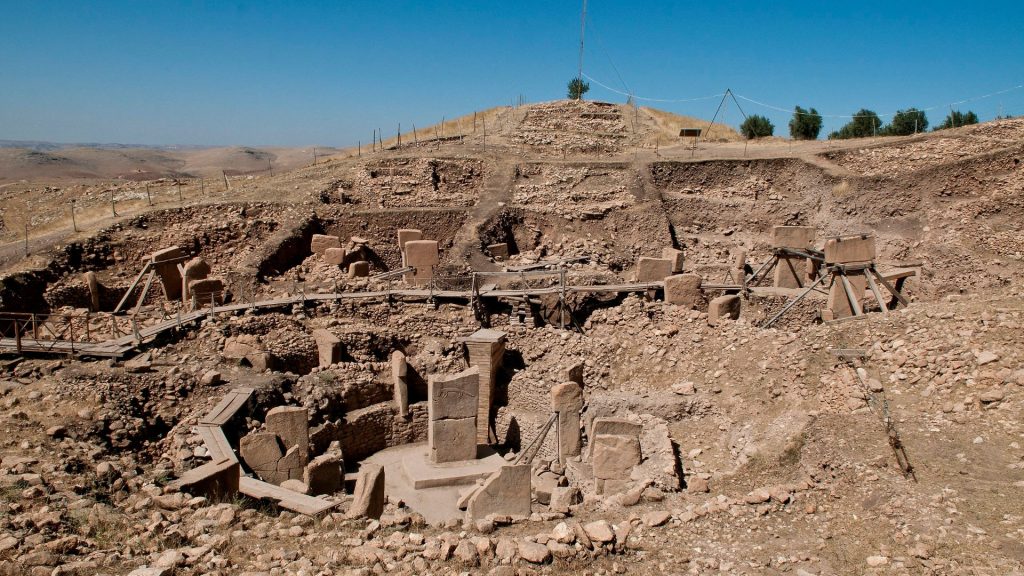
If you wish to visit Gobekli Tepe, you need to head to the Southeastern Anatolia Region of Turkey. Remember that it encompasses an area of 9 hectares, and you’ve got to walk if you want to sightsee the reminiscents.
The Nazca Lines
Wondering how this monkey sketch came to our list? That is because this giant geoglyph was drawn back to the years between 500 BCE and 500 CE, and we still couldn’t find the answer to how they drew over those solid rocks.

These geoglyphs were sketched by the ancient Nazca civilization from the Nazca Desert of Peru. They’re like giant sketches of animals, plants, and some geometric shapes. It is assumed that they were used for religious purposes.
The Easter Island Heads
These human shapes are known as Easter Island Heads. Also known as Moai, they are monolithic human figures. As per experts, these craving works were done by Esterm Polineysian Rapa Nai people during 1250-1500.

The Rapa Nai people believed that their chiefs were part of God and would come back to rule again. For them, they created these carvings to store the soul temporarily. Most amazingly, some of the statues are above 80 tons.
The Baalbek Temples
The ruins you can see in the picture are of the Baalbek Temples. They were built in the 1st century AD by the Romans. Since then, the temple has been known for its grandness and intricate decorations.
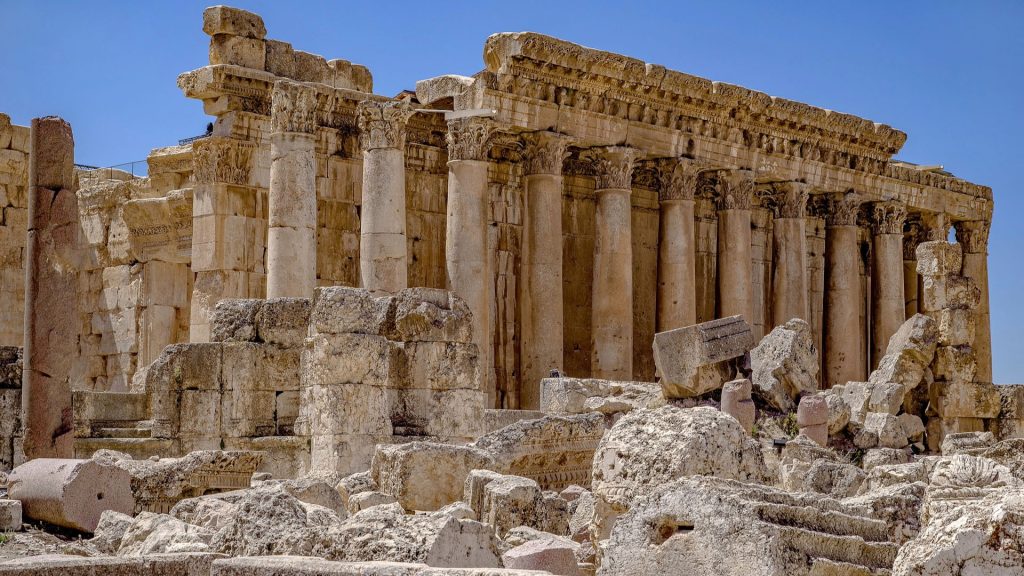
The Baalbek Temples are recognized as a UNESCO World Heritage Site. It is located 67 km from Beirut, Lebanon. Visiting the temple is going to take you on a visual journey through the Romans’ lives and religious practices.
The Petra Treasury
The Petra Treasury, also known as Al-Khazanah in Arabic, is a famous archaeological site in Jordan. This ancient Arab establishment had a monarchy, and it is a sandstone rock-carving work.
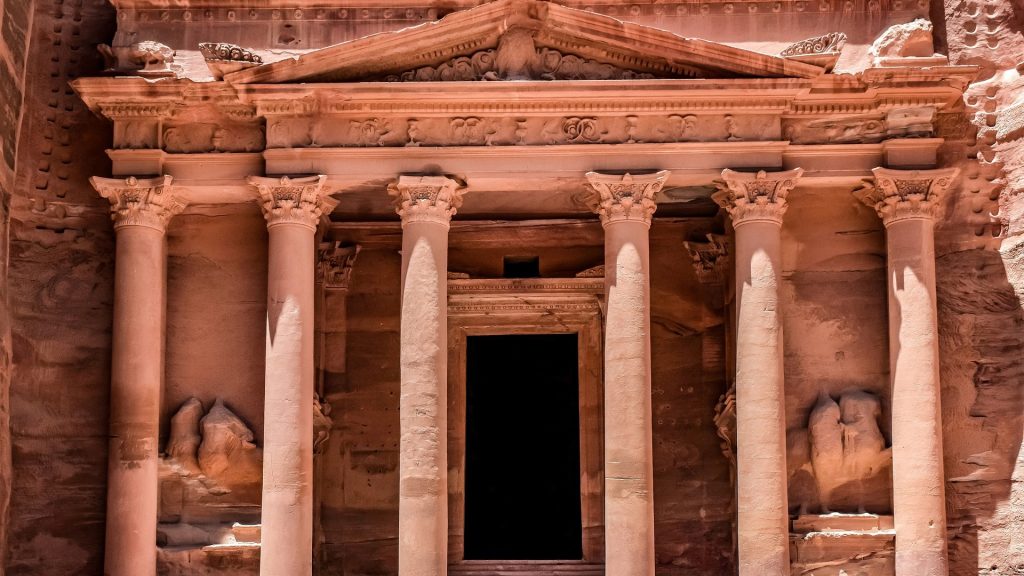
Historians believe this 25.3-meter by 39.1-meter high structure was part of the important city of Petra of the Nabatean Kingdom at the end of the first century BC.
Sacsayhuaman
As per archaeologists, Sacsayhuaman was established in the 15th century. There is a stone that weighs about 128 tons! It is still unknown how those Incas took the massive rocks at an altitude of 3,701.
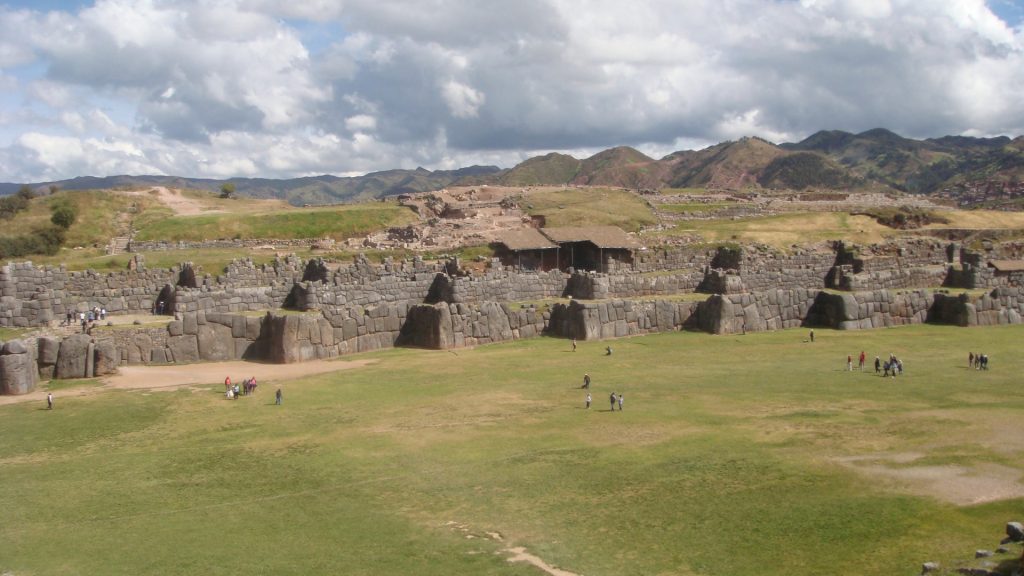
Sacsayhuaman is also known as Xacxaguaman, and it is situated in Cusco, a remote northern part of Peru. History tells us that an Inca ruler named Sapa Inca Pachacuti and his successors constructed this Inca citadel.
Stone Spheres in Costa Rica
Stone Spheres, locally known as bolas de piedra, is a Costa Rican historical site comprising 300 stone petrospheres. Each stone sphere weighs 15 tons and has a diameter of over 2 meters.
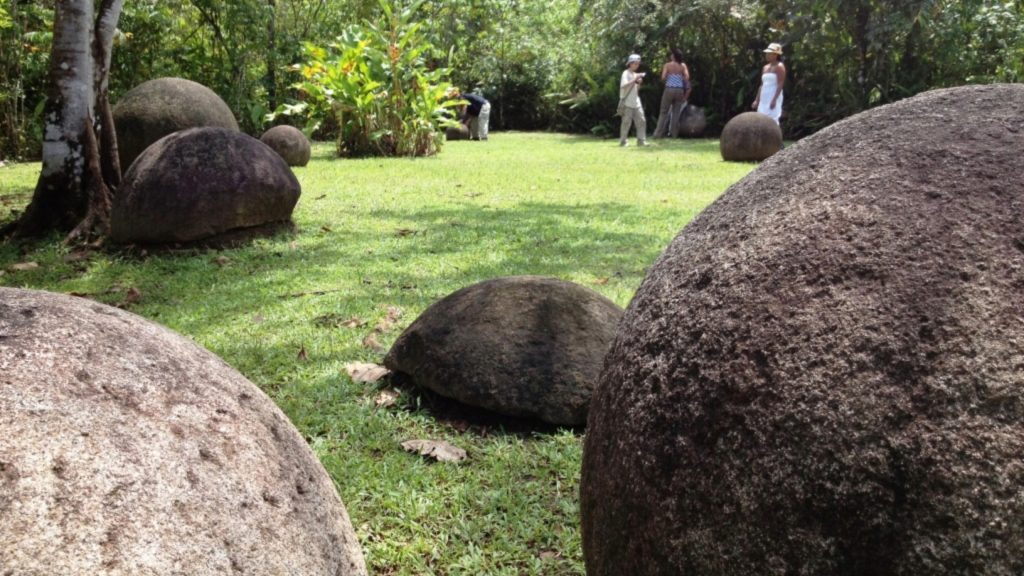
As per UNESCO World Heritage, this place symbolizes the complex social, economic, and political formations of the respective area’s people from 500 to 1500 AD. It is also believed that it is used as an astronomical tool to project effective agricultural cycles.
The Sanxingdui Bronzes
The Sanxingdui Bronzes are basically statues, masks, and heads made of bronze, jade, and a lot of gold. These symbolize the art and culture of ancient China’s Sanxingdui civilization. As per theory, these were constructed by people of Sichuan Province, dated 3100-3900 years earlier.

These artifacts were discovered in 1927 in two pits beside the Yanzi River in the mentioned Chinese province. They are something to be seen up close; their nifty decor will make you jaw-dropped for sure. Sanxingdui bronzes are preserved at the Sanxingdui Museum, located in Chengdu Guanghan.
The Pyramids of Meroe
The Pyramids of Meroe are more than 200 small-scale pyramids in the Nile Valley of Sudan. Even though there are conflicts about the dating of these pyramids, many believe they were constructed more than 2,700-2,300 years ago.
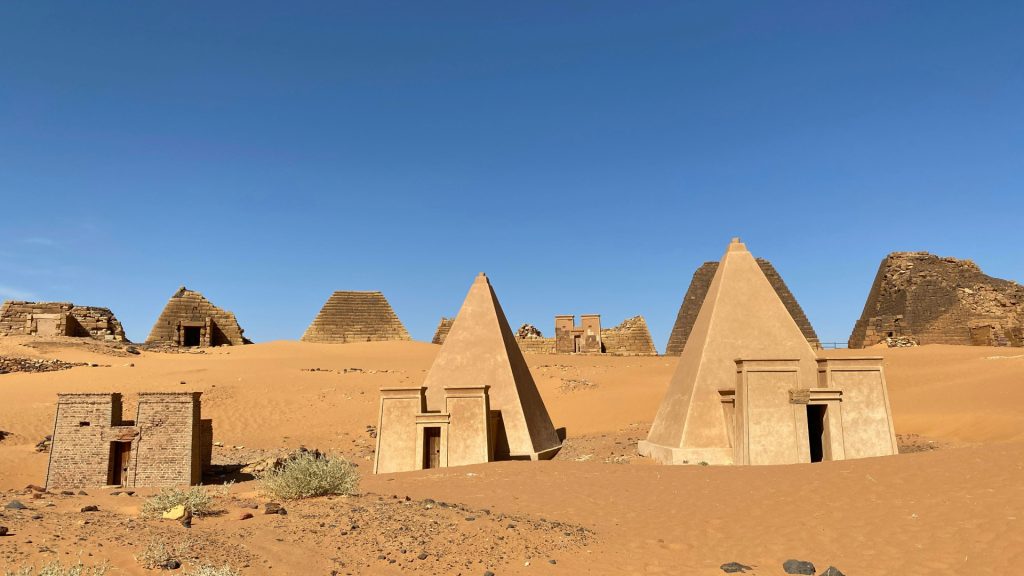
Most amazingly, all the Meroe pyramids contain cultural components of ancient Greek, Roman, and Pharaoh civilizations. Unlike Giza’s pyramids, these Kush Kingdom pyramids are smaller: the largest one is just below 30 meters high with a 70-degree slope.
The Venus de Milo
The Venus de Milo is a marble sculpture of an ancient Greek Goddess. Following this, it is also known as the Aphrodite of Melos, in which the Aphrodite is the goodes. It is the best-preserved artifact of ancient Greek civilization.

The status’s height is nearly 2.1 meters, the color is a mix of purple and violet, and it is made of Parian marble. If you’re wondering where the hands of the statue are, it is said that they were broken off during a war on the shore of Melos.
The Shroud of Turin
The Shroud of Turin is basically a cloth piece. Are you thinking about what archaeological value a piece of clothing might offer? So, there are two popular beliefs that revolve around this historic piece. Some believe it is an artistic portrayal of Jesus’s burial shroud.
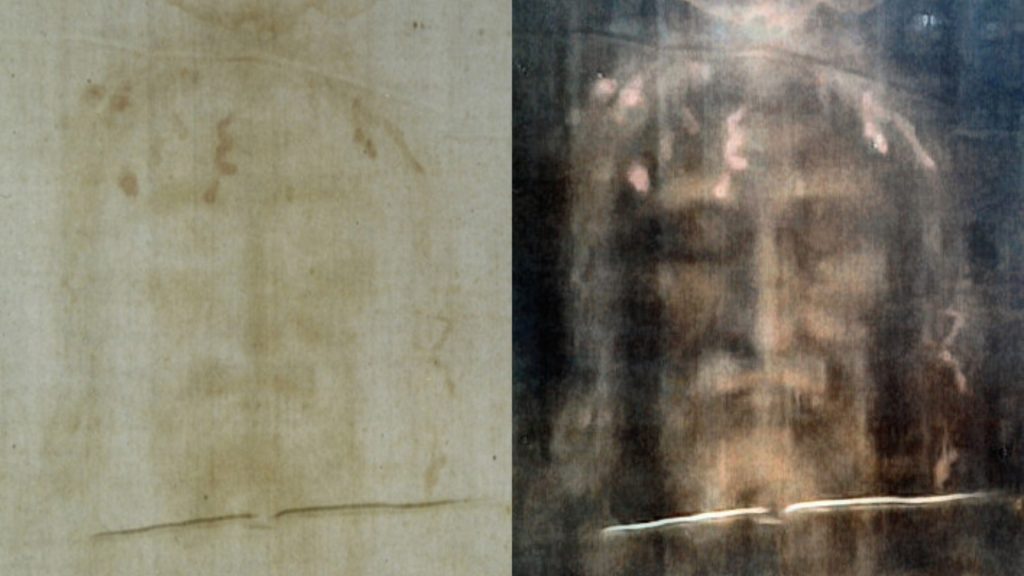
Some believe it is the authentic shroud of burial. However, this linen cloth piece with a dimension of 4.4 meters by 1.1 meters portrays a disappearing outline of the front and back of a man.
The Antikythera Mechanism
It is considered as the ancient Greek manual-driven computer. The Antikythera Mechanism contains more than 30 pieces of gears, a crank, and a framing. Most amazingly, many believe it is the “Identity of God.”
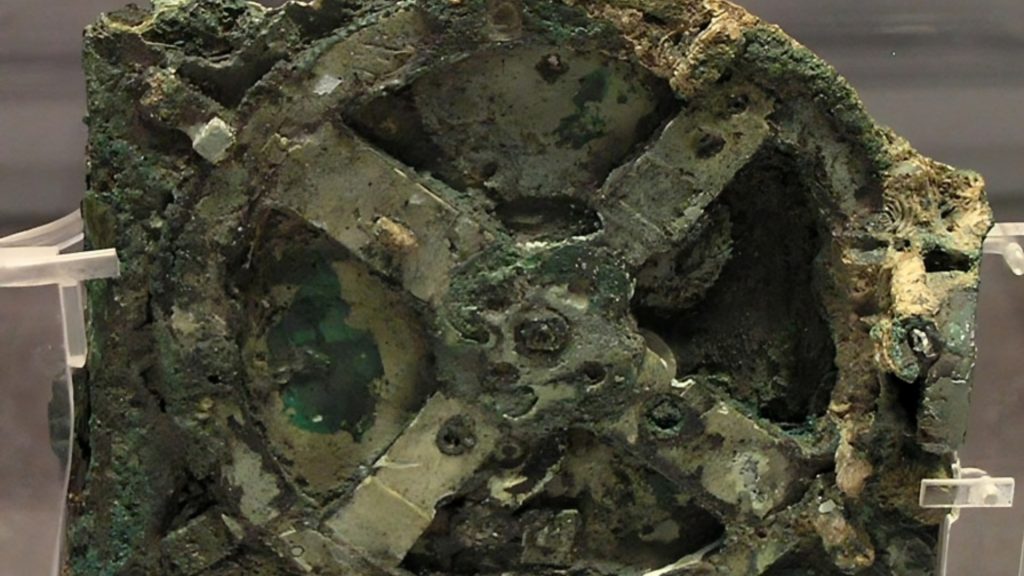
However, experts are not yet able to identify the maker’s name: there is no clue at all. It was used to perform astronomical tasks like measuring eclipses for decades.
King Tutankhamun’s tomb
Tutankhamun was a pharaoh’s 18th dynasty king who ruled 1332-1323 BEC. King Tutankhamun’s tomb is the final resting place of this kind of ancient Egypt on the riverbank of the Nile.
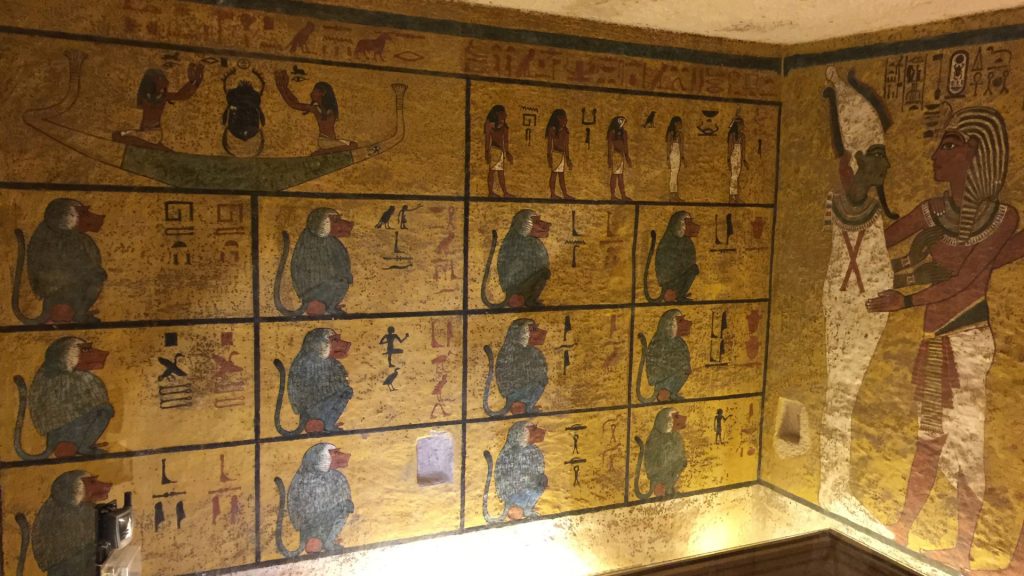
What’s more fascinating is that, under the cloth covers, King Tut’s mummies had 143 priceless pieces of pharaoh artwork like bracelets, necklaces, rings, jewels, and whatnot. To your knowledge, the tomb was discovered in 1922 by archaeologist Howard Carter. It consists of four chambers, a corridor, and an entrance staircase.
The Longyou Caves
The Longyou Caves are a mystical ancient place in China. The Longyou Caves, also known as Xiaonanhai Stone Chambers, are human-created sandstone chambers. As per experts, these caverns were created 2000 years ago.

The farmers of the village of Shiyan Beicun discovered the caves in the 1990s. These caves are titled the “Ninth Wonder of the Ancient World.”
The Copper Scroll
The Copper Scroll is the oldest known Biblical document. It is also considered as a significant part of the Dead Sea Scrolls. As per archaeologists, it was created 2000 years ago. Acting as a hoax, it made people assume that it contained coded locations of many gold and silver treasures.
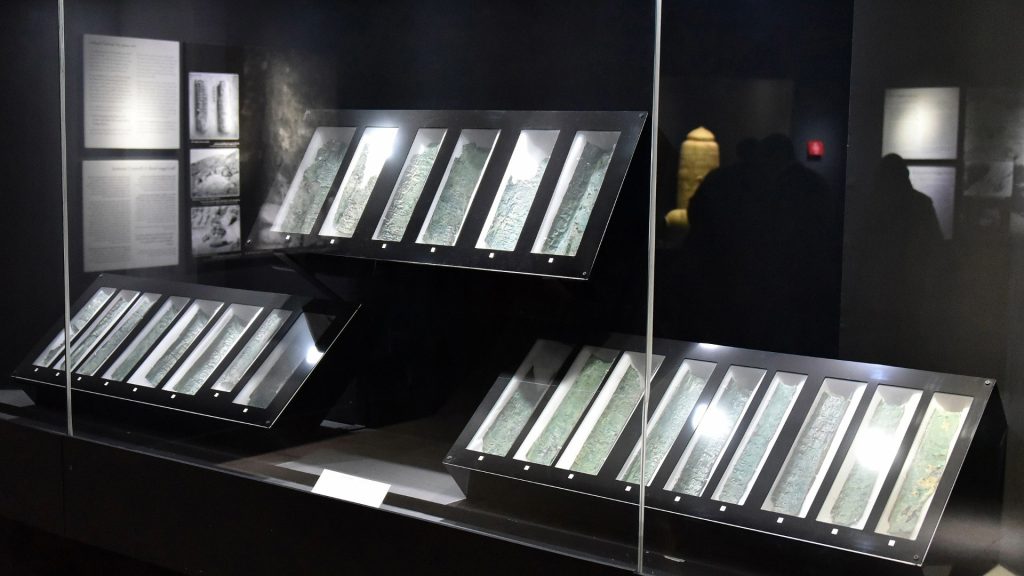
Unfortunately, after cutting it into real 23 strips, it is now clear to everyone that the thought of treasure was a false call. To your knowledge, it was discovered in 1952 by a Bedouin group led by Henri de Contenson.
The Crystal Skulls
Yes! Like you see in the Indiana Jones movie. Many experts believe people of Mesoamerican civilization created these skulls. The exact period of these skulls’ creation is still unknown: some believe they are 1000 years old, and some believe they are more than 10,000 years old.
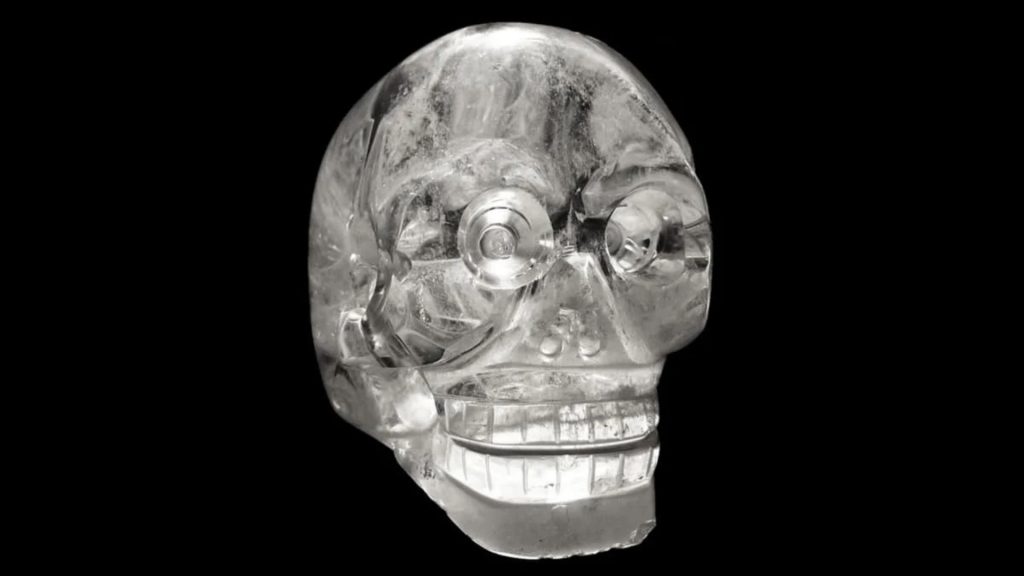
Even though the famous Pseudo theories project that these are paranormal powers, although scientists do not believe that at all.
The Voynich Manuscript
The Voynich Manuscript is believed to be a 15th-century codex. This hand-written scripture was a puzzle that had not been solved for years. Now, it is clear that this is an old handbook for preparing medicines using herbs.

This book contains pictures of rare plants that have medicinal properties, along with several astrological pictures. The used language is identified as Proto-Romance.
The Rosetta Stone
The Rosetta Stone is a stone tablet from ancient Egypt. Here, the name is rooted in the city “Rosetta”, where this scripture was found. It is dated ca. 196 BEC. It was issued in the ancient city of Memphis, or Men-nefer during the Ptolemaic dynasty’s rule.
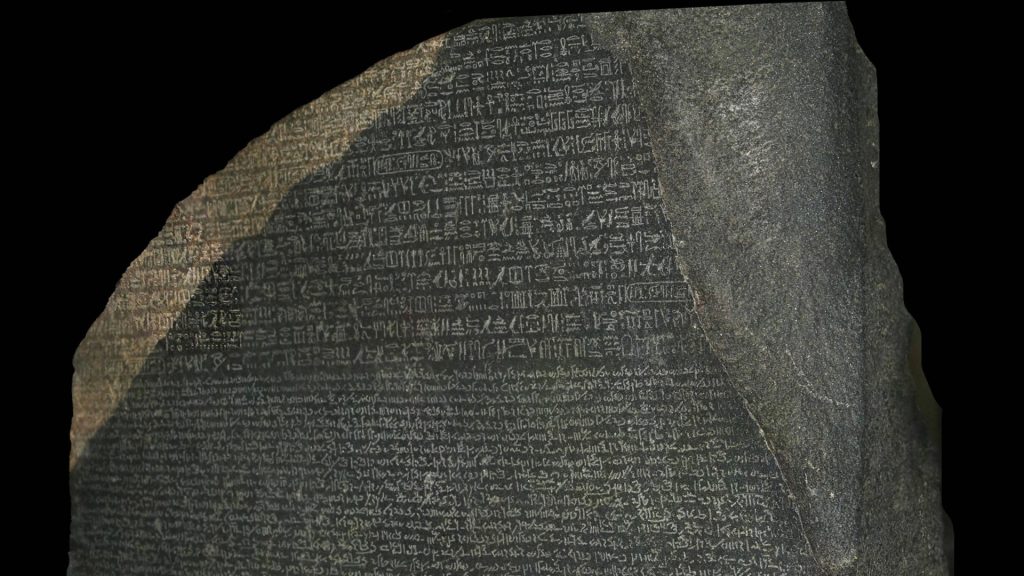
The written languages are ancient hieroglyphs, demotic, and Greek. All these languages are used to depict the same message. It declares that the readers must hail Ptolemy V, who was a king of the Ptolemaic kingdom in 240-180 BC. The stone states to hail by stating, “of the god who maketh himself manifest, whose deeds are beautiful.”
The Stonehenge
England’s Stonehenge is the only surviving lintelled stone circle in the whole world. This prehistoric monument is located on Salisbury Plain in Wiltshire. There are many beliefs revolving around this mystery site. Some believe it was the spacecraft landing place for aliens, while others believe it served astronomical purposes.
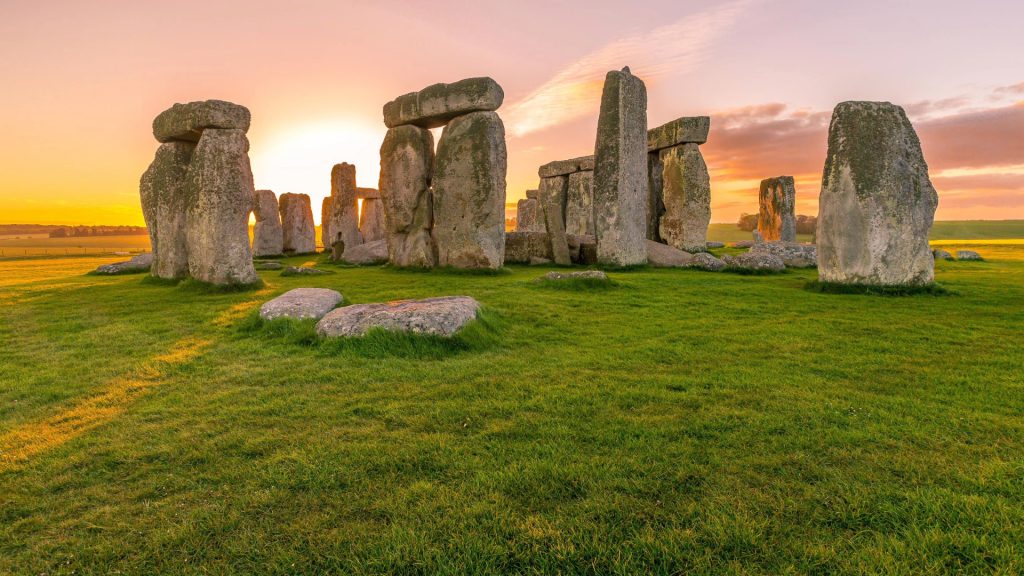
However, as per some famous archaeologists, this site was used as a burial ground for prehistoric people. The size of each stone is approximately 13 ft H x 7 ft W and weighs approximately 24-25 tons.
The Pyramids of Giza
The Pyramids of Giza are the three ancient Egyptian pyramids. They are the last well-preserved original wonders of the ancient world and are dated 2490 BCE. These are located on the west bank of the Nile River on a rocky surface; the name of the region is Khufu.
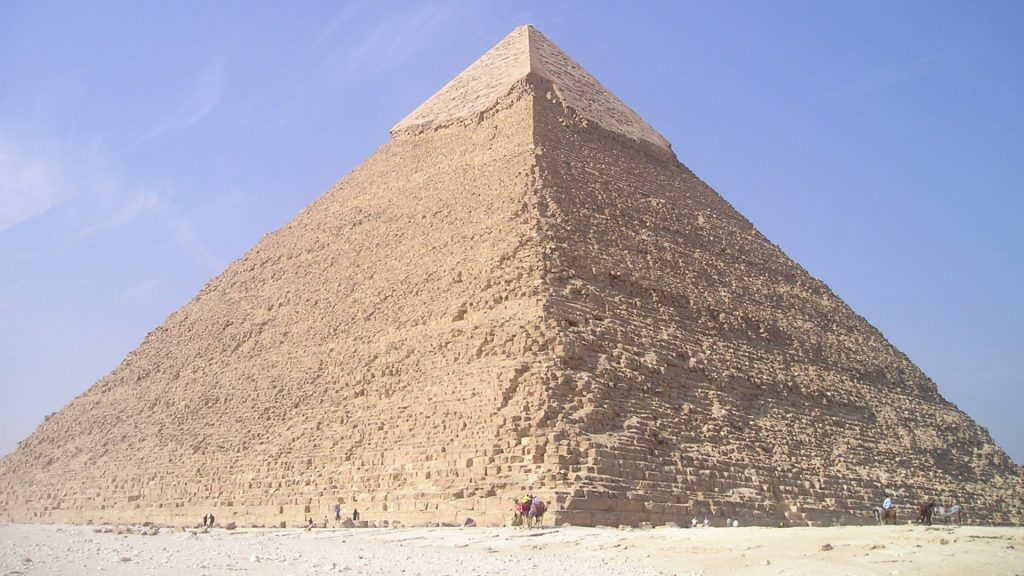
These were built by 4th-dynasty royals Khafre’s son, Menkaure Circa, who was the grandson of Khufu. The last well-preserved original wonders of the ancient world are dated 2490 BCE. The main pyramid is 481 feet high, also known as Cheops or Khufu. The other two pyramids, Khafre and Menkaure, are 417 and 213 feet tall, respectively.
The Terracotta Army
The archaeological wonder that topped our list is the Terracotta Army. It boasts a collection of 9,000 soldiers, 520 horses, 150 cavalry, and 130 chariots! They were all made 2,200 years ago with baked clay and represent the army of the first emperor of ancient China, Qin Shi Huang.
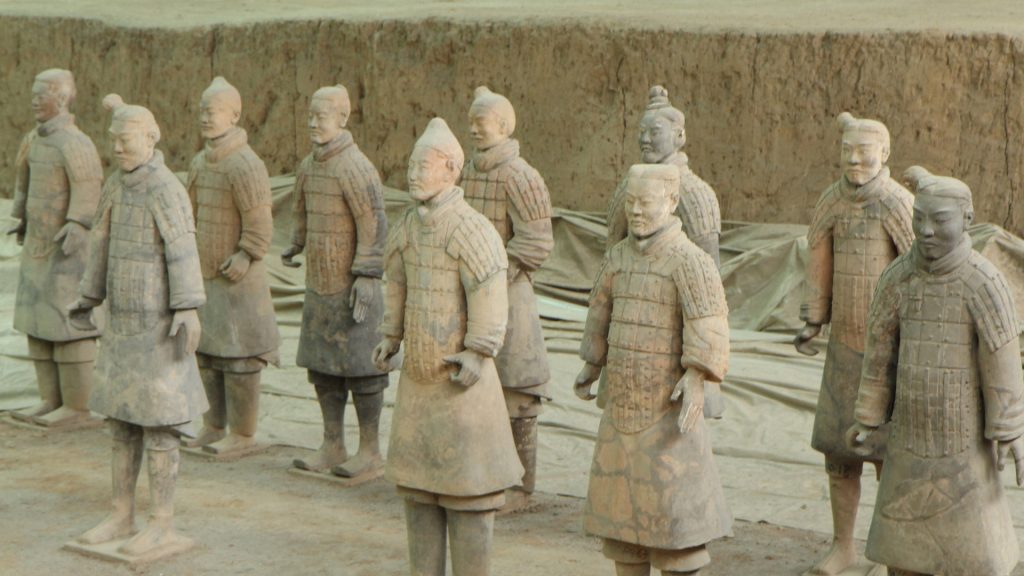
Their expertise in building statues is something extraordinary. The details they bring in each statue are unreal. Each army holds the original weapons and is positioned in a royal funeral complex. It is said that they made these terracotta armies to protect the emperor in the afterlife.
Final Words
We hope that our listing of the top archaeological mysteries has amazed you enough. All the mentions in our list are related to ancient people from different times, places, and societies. They remind us of our ancestors who eventually paved the way for today’s modern world.
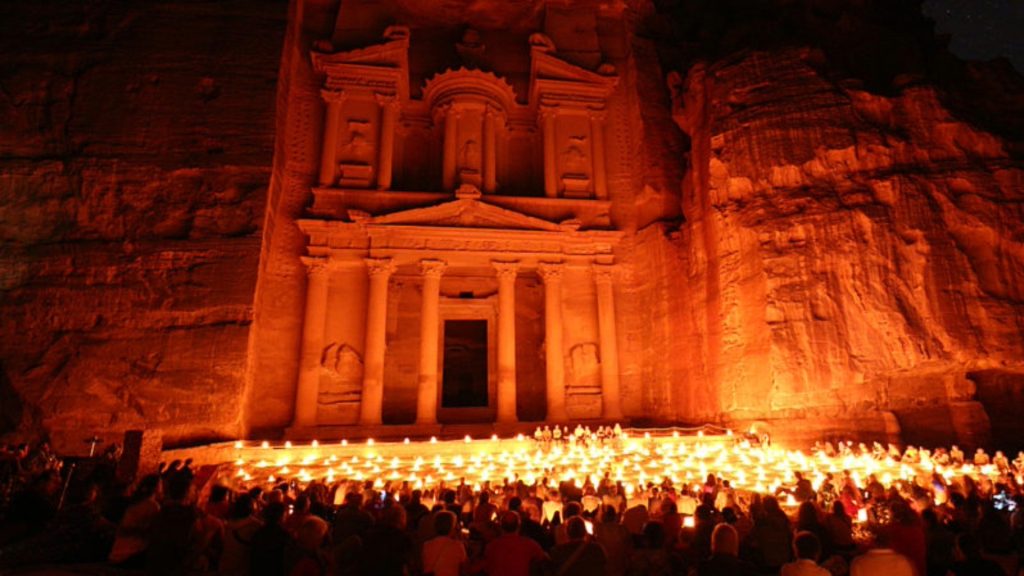
All these mysteries totally made us wonder: “How on earth did they pull those off??” Historians, archaeologists, and other related experts are trying to dig out all the secrets but we still have very few concrete data so far. Maybe that’s the beauty of mysteries, they’re not meant to be cracked so easily!


